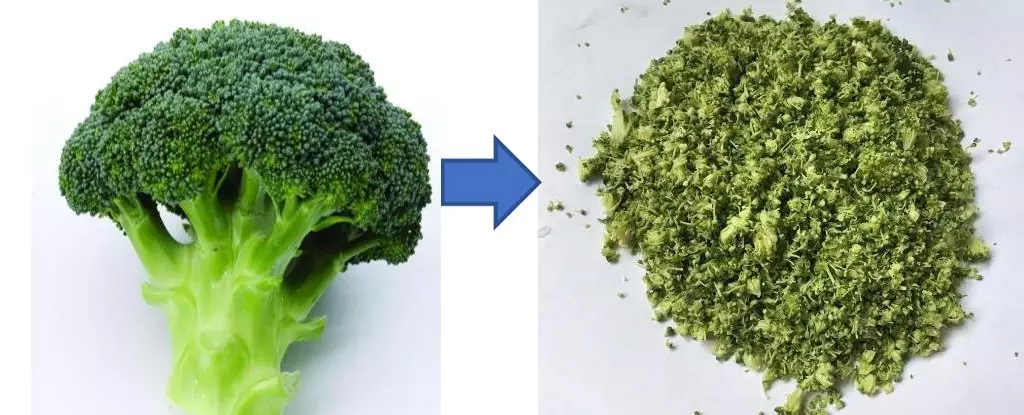Broccoli has been gaining popularity in recent years due to its high levels of sulforaphane, a beneficial compound known for potential health benefits such as blood sugar control and anti-cancer properties. This has led to an increase in the consumption of broccoli pills as a convenient way to incorporate this compound into one’s diet. However, a 2011 study revealed that consuming the whole vegetable provides more sulforaphane than taking a supplement, sparking interest in finding the best cooking method to optimize sulforaphane levels in broccoli.
In order to understand how to maximize sulforaphane levels in broccoli, it is essential to comprehend the process of myrosinase activity. Broccoli contains glucosinolates, compounds that are transformed into sulforaphane through the action of the enzyme myrosinase. Myrosinase is a defense mechanism in plants, activated when the vegetable is damaged. Therefore, in order to increase sulforaphane levels, the broccoli must be prepared in a way that promotes myrosinase activity.
Common cooking methods such as boiling and microwaving have been shown to significantly reduce the amount of glucosinolates in broccoli, thereby limiting the production of sulforaphane. Additionally, myrosinase is heat-sensitive, further diminishing the potential benefits of sulforaphane in cooked broccoli. This highlights the importance of consuming raw broccoli to obtain the highest amount of sulforaphane.
Considering the limitations of boiling and microwaving, the team of Chinese researchers turned to stir-frying as a potential solution. Stir-frying is a popular method of vegetable preparation in Chinese cuisine, known for its ability to retain nutrients and flavor. However, the researchers noted a lack of studies focusing on sulforaphane concentrations in stir-fried broccoli, prompting them to investigate further.
The researchers conducted a study where they chopped broccoli into small pieces to maximize myrosinase activity, a crucial step in sulforaphane production. They divided the samples into three groups: raw broccoli, broccoli stir-fried immediately after chopping, and broccoli left to ‘develop’ for 90 minutes before stir-frying. The results showed that the broccoli left to develop for 90 minutes had 2.8 times more sulforaphane than the immediately stir-fried broccoli, indicating the importance of allowing time for the beneficial compounds to form before cooking.
The findings of this study suggest that in order to optimize sulforaphane levels in broccoli, it is beneficial to chop the vegetable into small pieces and let it sit for a period of time before cooking. While the researchers recommended a 90-minute waiting period, they also noted that even 30 minutes could be helpful in enhancing the sulforaphane content. This approach may require extra effort and time but could potentially result in a higher nutritional value in cooked broccoli.
The study sheds light on the importance of cooking techniques in preserving the health benefits of broccoli, particularly in maximizing sulforaphane levels. By understanding the role of myrosinase activity and choosing appropriate cooking methods, individuals can ensure that they are deriving the optimal nutritional value from this nutrient-rich vegetable.


Leave a Reply